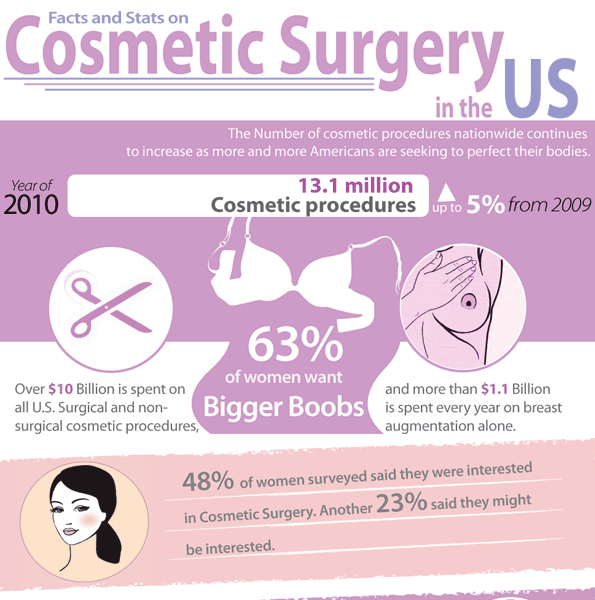Can Retinol Reduce Acne Scars
Can Retinol Reduce Acne Scars
Blog Article
Sources of Acne on Cheeks
Acne outbreaks in the cheek location are set off by many points, from touching your face often to not changing your pillow case commonly enough. Picking at imperfections boosts your risk of infection and scarring, and particular medications can worsen dark places (postinflammatory hyperpigmentation).
Fortunately, there are numerous methods to stop and deal with cheek acne. These include:
1. Hormonal Modifications
Acne is mainly caused by hormones, especially those produced throughout puberty and maternity. For some, a family history of acne might additionally add to their problem. Anything that obstructs pores, such as oil-based skin treatment items or waxy hair products, can set off acne. Different topical treatments, like benzoyl peroxide and salicylic acid, can fight bacteria and unclog pores. Those with serious or chronic acne ought to seek therapy from their medical professional.
Stay clear of touching or pressing your acne, as this can press a few of the germs deeper into the skin, leading to an extra extreme outbreak. It is likewise essential to alter pillowcases routinely and use tidy make-up brushes. You must likewise try to avoid toxic irritants such as rubbing from using a helmet or tight collar.
2. Diet regimen
The oily, sugary foods that many people think trigger acne might in fact refrain from doing so. In fact, studies have actually revealed that eating a diet rich in entire, nutrient-dense foods assists to avoid breakouts.
Foods high in the glycemic index (such as white bread, corn flakes, blew rice and potatoes, doughnuts and various other pastries) raise blood sugar degrees swiftly, and this can enhance hormones that enhance oil manufacturing and result in acne.
Drinking cow's milk has actually likewise been linked to raised acne outbreaks. If you are a routine cow's milk enthusiast, you could wish to try changing to low-fat or nondairy options that are fortified with calcium. On top of that, consuming alcohol more water can help to lower acne since it helps to maintain the skin hydrated.
3. Excess Oil
While oil is necessary for healthy skin, it can come to be an issue when excessive sebum mixes with dead skin cells and obstructs pores. This combination can create blackheads, whiteheads and acnes. The blocked pore wall can break down and spill germs, dead skin cells and sebum into bordering skin. This leads to a red bump known as an acne. In some cases these red bumps have pus in the facility from a bacterial infection. Bigger contaminated bumps that look like acne are called cysts.
There are several things that can create excess sebum and blocked pores, including hormonal agent fluctuations, diet regimen and everyday behaviors. Some examples consist of touching the face often, resting your hand on your cheek, utilizing dirty make-up brushes and not changing pillow cases routinely.
4. Stress and anxiety
If you're taking care of throbbing acnes or a slew of blackheads and whiteheads, it might be time to talk to a skin doctor. They can recommend a reliable treatment that matches your skin type. Exercising relaxation and stress-reduction strategies also aids.
Acne can occur in the cheeks as a result of friction and stress, such as when a person touches their face regularly or wears a hat or sporting activities helmet that rubs against the skin. It can additionally appear where oily cosmetics and lotions scrub against the skin.
Prevent pressing acne, as this can push contaminated material deeper right into the skin and lead to scarring. Instead, see a medical professional to find out about preventative therapies like medication, skin treatment products and way of life adjustments. Eating a healthy and balanced diet of whole foods, obtaining seven to nine hours of rest and using noncomedogenic make-up and skin care products can all help in reducing acne outbreaks.
5. Hair Products
Hair products are not commonly thought of as a root cause of breakouts, however they can add to acne on the cheeks in some individuals. Pomade acne, which is characterized by little shut comedones and papulopustules, is typically triggered by the use of oily hair products which contain comedogenic active ingredients such as certain oils and acetylated lanolin.
Selecting hair items that don't include these possibly comedogenic ingredients is an essential action towards reducing outbreaks. Additionally, guaranteeing that hair items aren't can be found in contact with the skin can help stop outbreaks. For example, using a headscarf or hood at night dysport vs botox can limit hair-to-face get in touch with and lower the likelihood that leave-in hair products will certainly abrade onto the face.
Along with using a non-comedogenic moisturizer and cleaning with an acne face clean, various other useful techniques consist of: